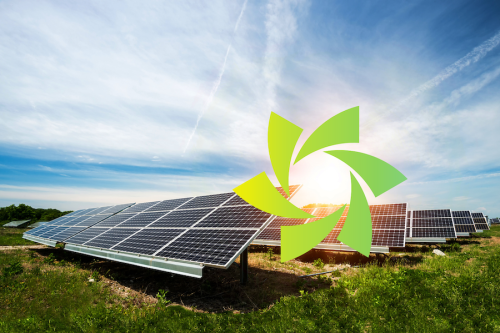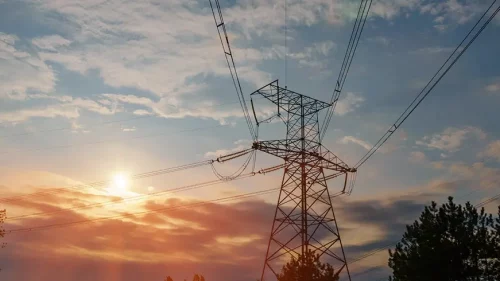How Acacia Energy creates revenue streams from renewable energy assets
Acacia Energy is a registered market participant in the with the Australian Energy Market Operator (AEMO) and has an electricity retail licence in Victoria. Using our market registrations Acacia Energy is able to operate your renewable energy assets (generator or battery) on the NEM, which gives you access to new revenue streams that can go right back into your business to accelerate the payback of your renewables investment.
Here is the four revenue streams/profit generated by Acacia Energy for our Generation Services customers;
- Spot price for renewable generation operating on the Wholesale Spot Market: The price of electricity in the wholesale spot market run by AEMO is determined every 5 minutes. We autonomously deploy your renewable generation assets to provide electricity for your operations when the price of electricity exceeds an agreed trigger price that is higher than the cost of running the assets. The electricity your renewable generation assets produce is sold to AEMO at the wholesale spot market price and we share this revenue with you.
- Frequency Control Ancillary Services (FCAS):. FCAS is a service provided to AEMO to manage the frequency of the electricity on the Network. It can be supplied as a RAISE service where the effective draw of electricity from the network needs to be reduced to allow the frequency to be raised, or a LOWER service where the effective draw from the network need to be increased to allow the frequency to be slowed down. It’s a contingency service. There are 3 response times. Fast (6 secs) /Slow (60 secs) /Delayed (5 minutes). Small renewable energy assets cannot participate in this market on their own. Acacia Energy is able to aggregate a portfolio of small assets to participate as a virtual large asset in the FCAS market. We bid the aggregated capacity of the portfolio under our management and share the revenue we create with our customers in the proportion of their renewable energy assets to the portfolio size.
- DNSP Demand Response: DNSPs (Distribution Network Service Providers) aim to ensure stable energy supply during times of peak demand. Energy users sign up to voluntarily reduce energy usage during times of extreme demand. For example: when electricity demand surges due to extreme weather, users reduce their energy consumption which helps balance supply and demand, and stabilises the grid. Users are paid for their reduced demand and can also paid to be on standby. Acacia Energy aggregates a portfolio of customer renewable energy assets and bids this capacity to the DNSPs. Our solution autonomously monitors and controls the assets to respond to events that the DNSP will pay for. We share the revenue we create with our customers in the proportion of their renewable energy assets to the portfolio size.
- Peak shave: Demand charges on the electricity bill are determined by the highest peak demand (measured in kVA) (network supply). This demand charge appears on the bill every month charging at the highest peak in the last charging period, which can be up to 12 months ago, even if your recent demand is low. Acacia Energy’s proprietary, cloud-based Optimisation and Bid Engine (OBE) platform autonomously monitors your electricity usage and controls your renewable energy assets to effectively cap your peak demand. When the OBE senses high demand (kVA) it switches on the renewable generator to supply kVA above the capped amount, which reduces the on-grid demand. This automated reduction means that you will not have to pay the high demand charge again.


